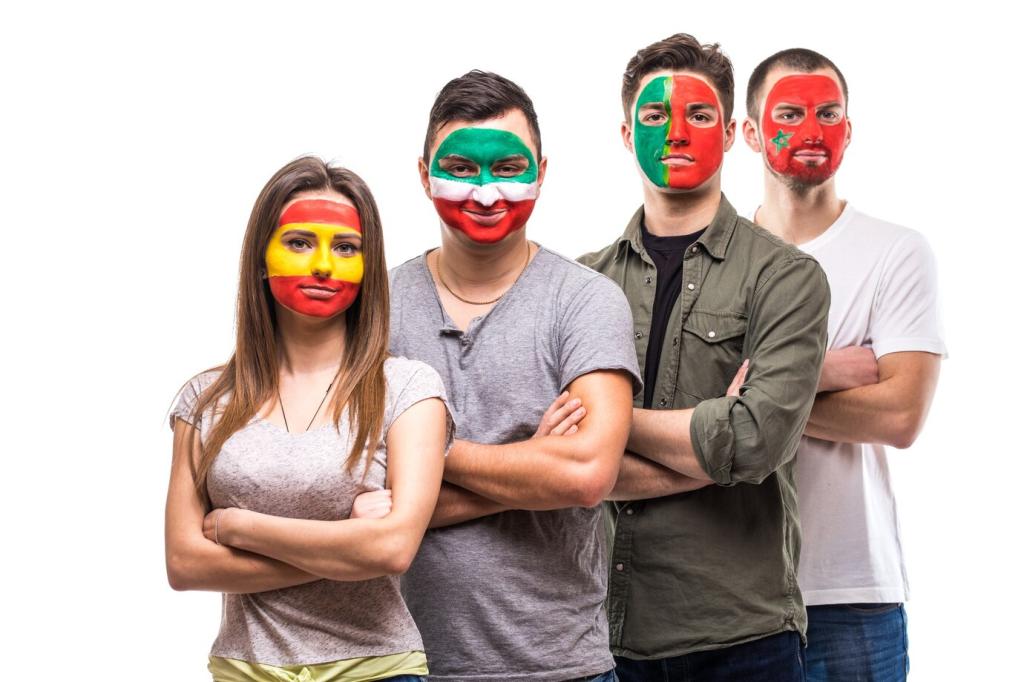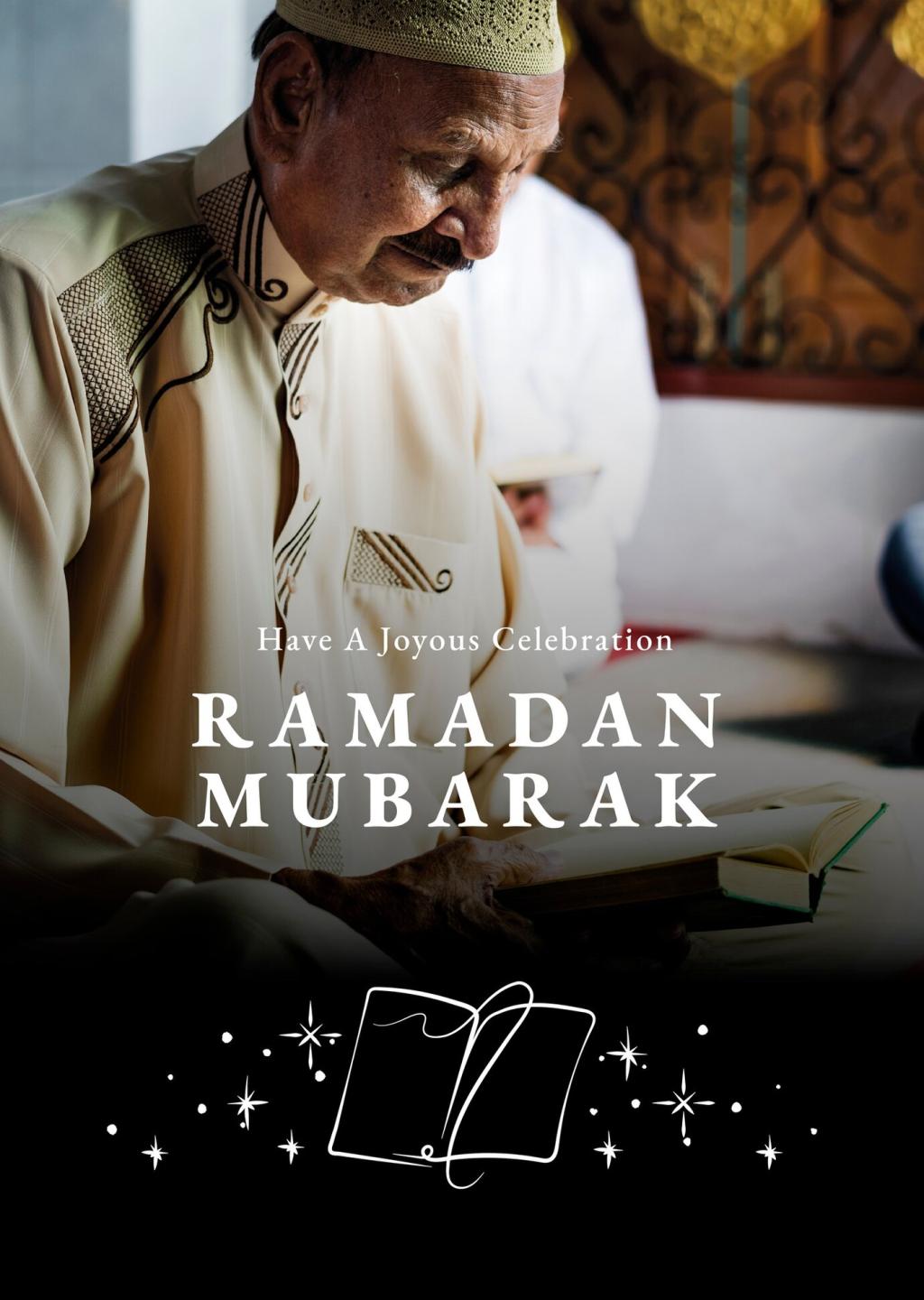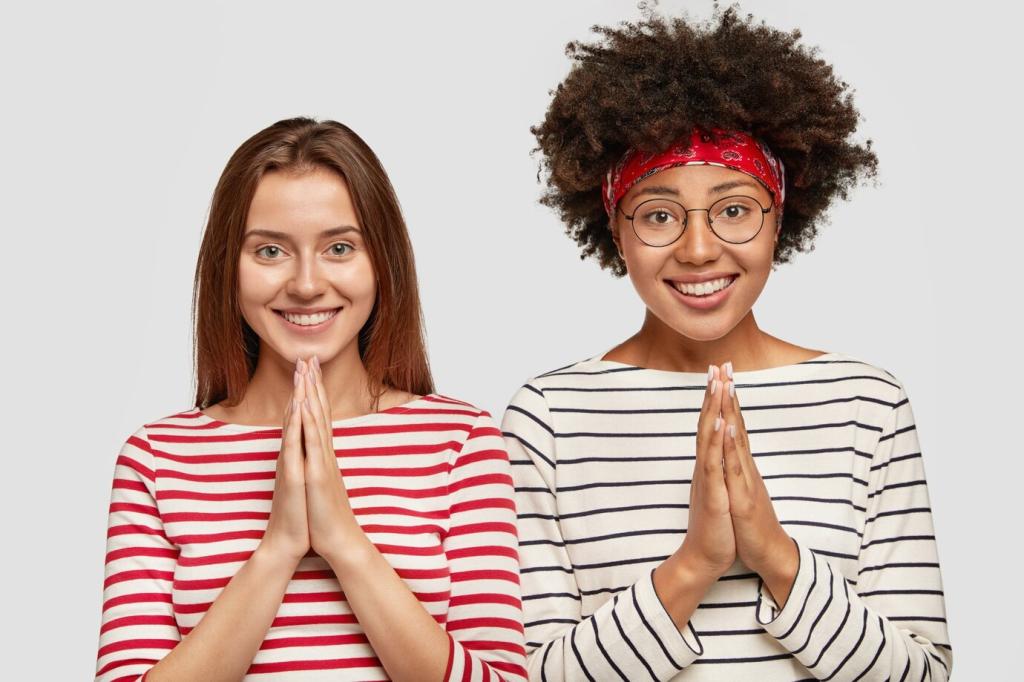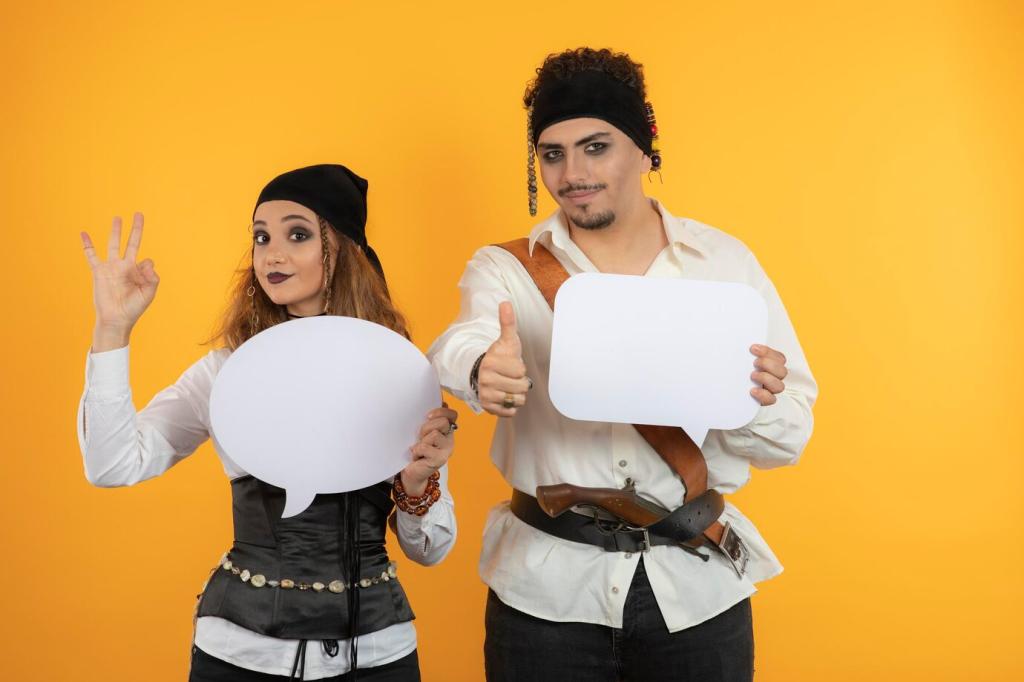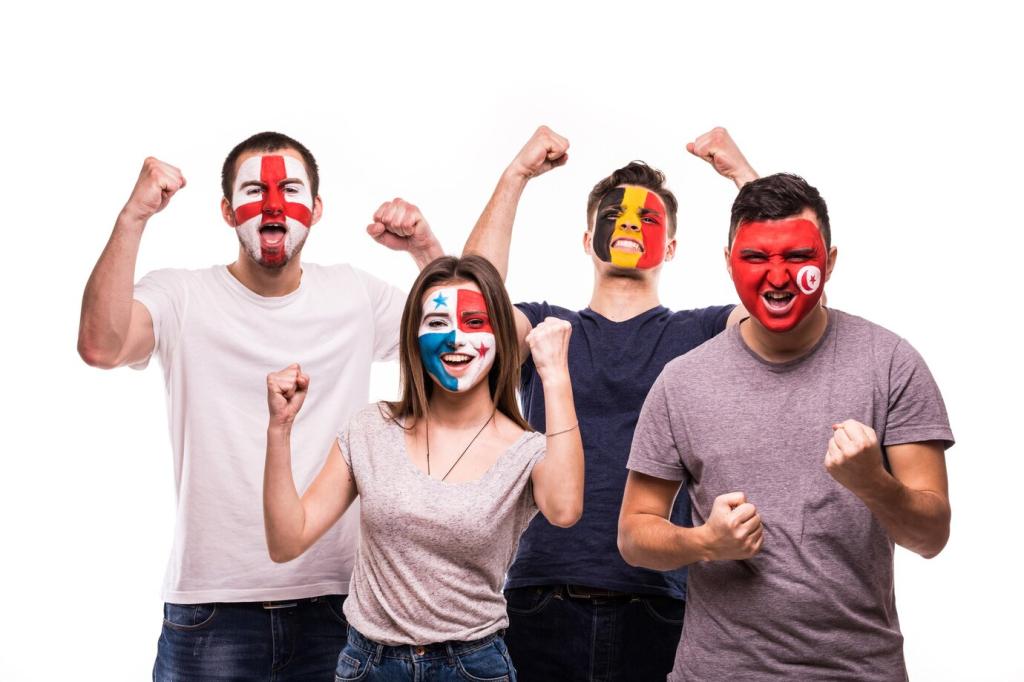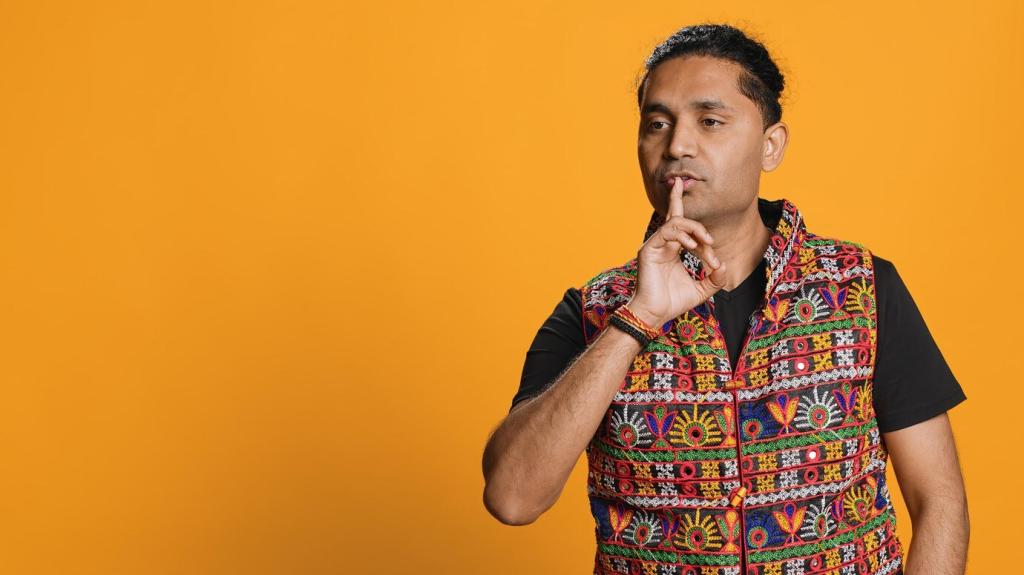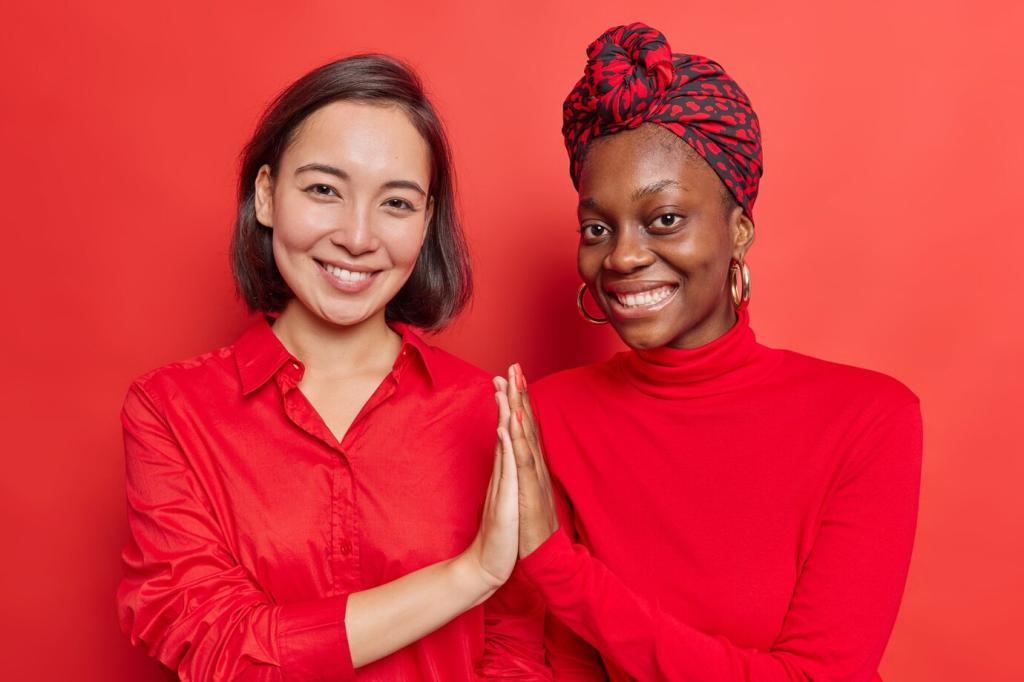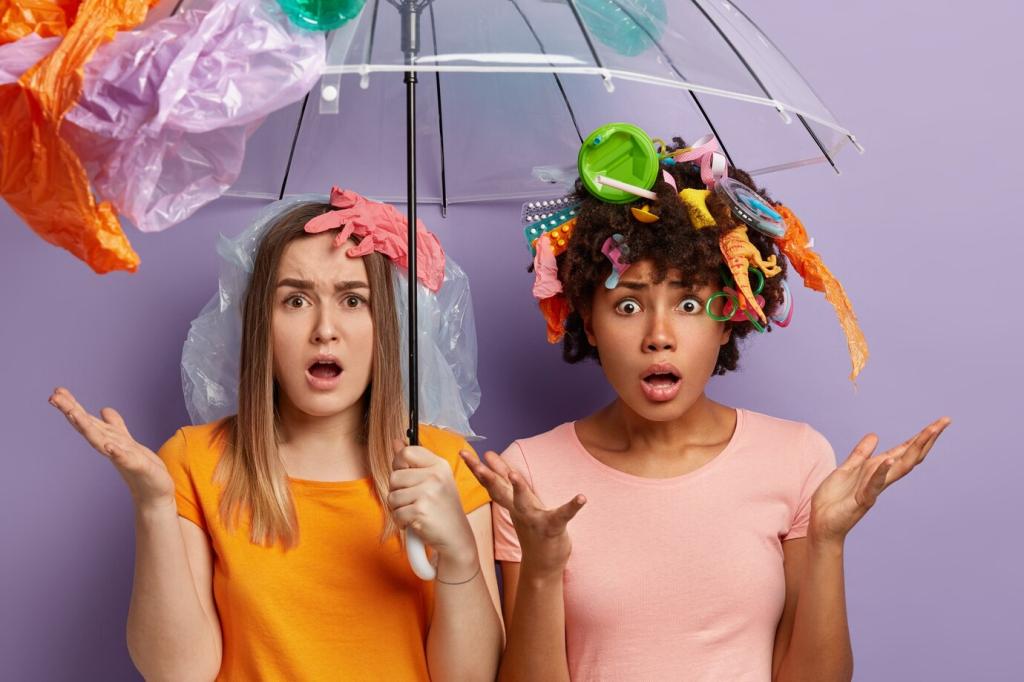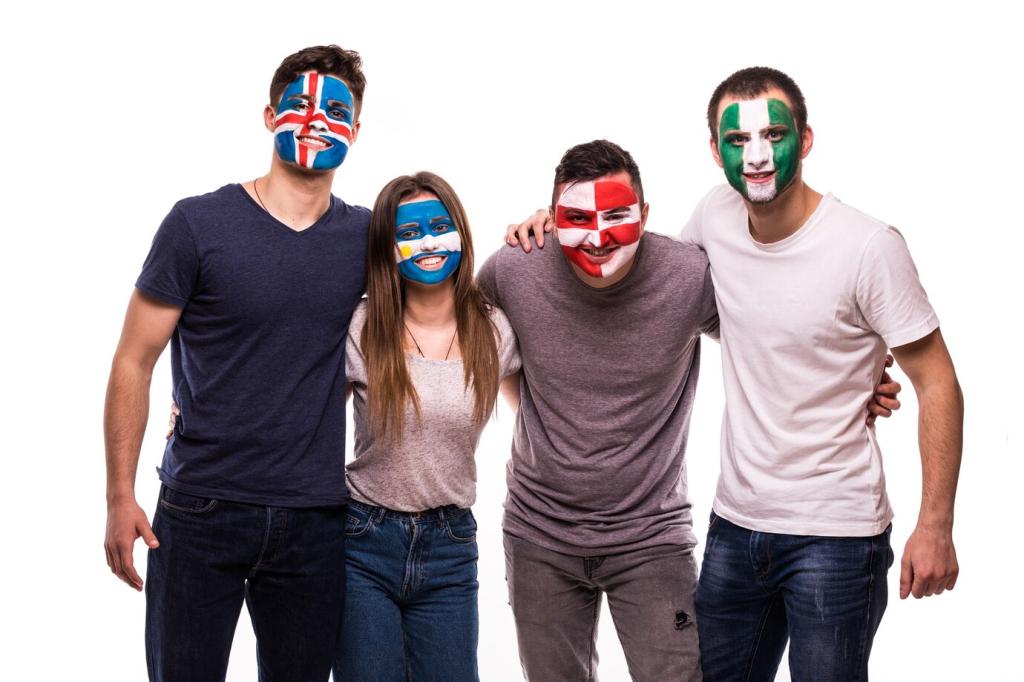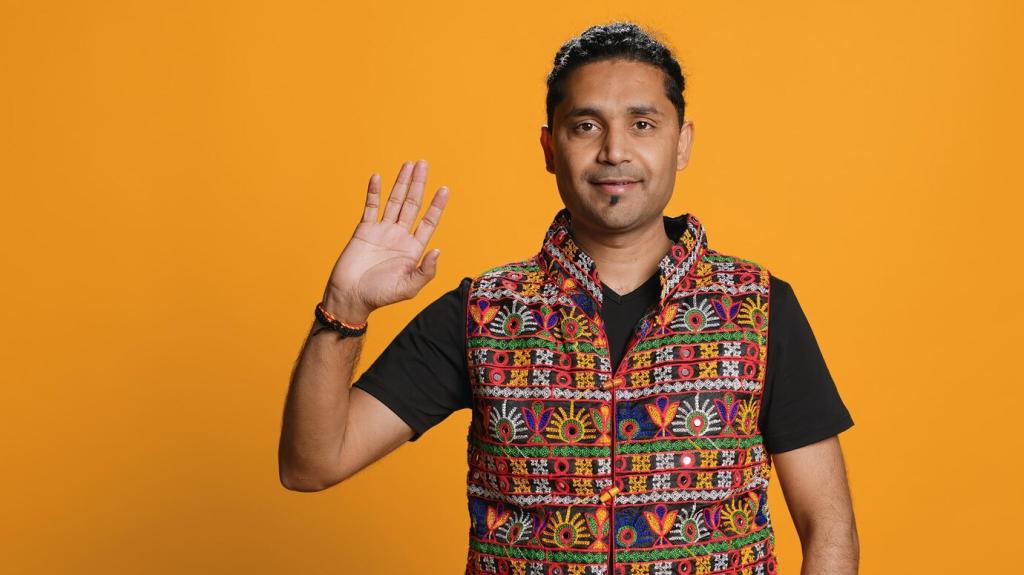Rhythm and the Instruments That Carry It
Drums sync bodies into one breath. Low tones ground the feet; high cracks lift the chest. A steady pulse steadies nerves, reminding dancers why they gathered and who they dance for.
Rhythm and the Instruments That Carry It
Rattles filled with seeds, shells, or pebbles mark cadence while honoring harvest, river, or shore. Ankle bells turn dancers into living metronomes, broadcasting each step’s intention to the circle.

